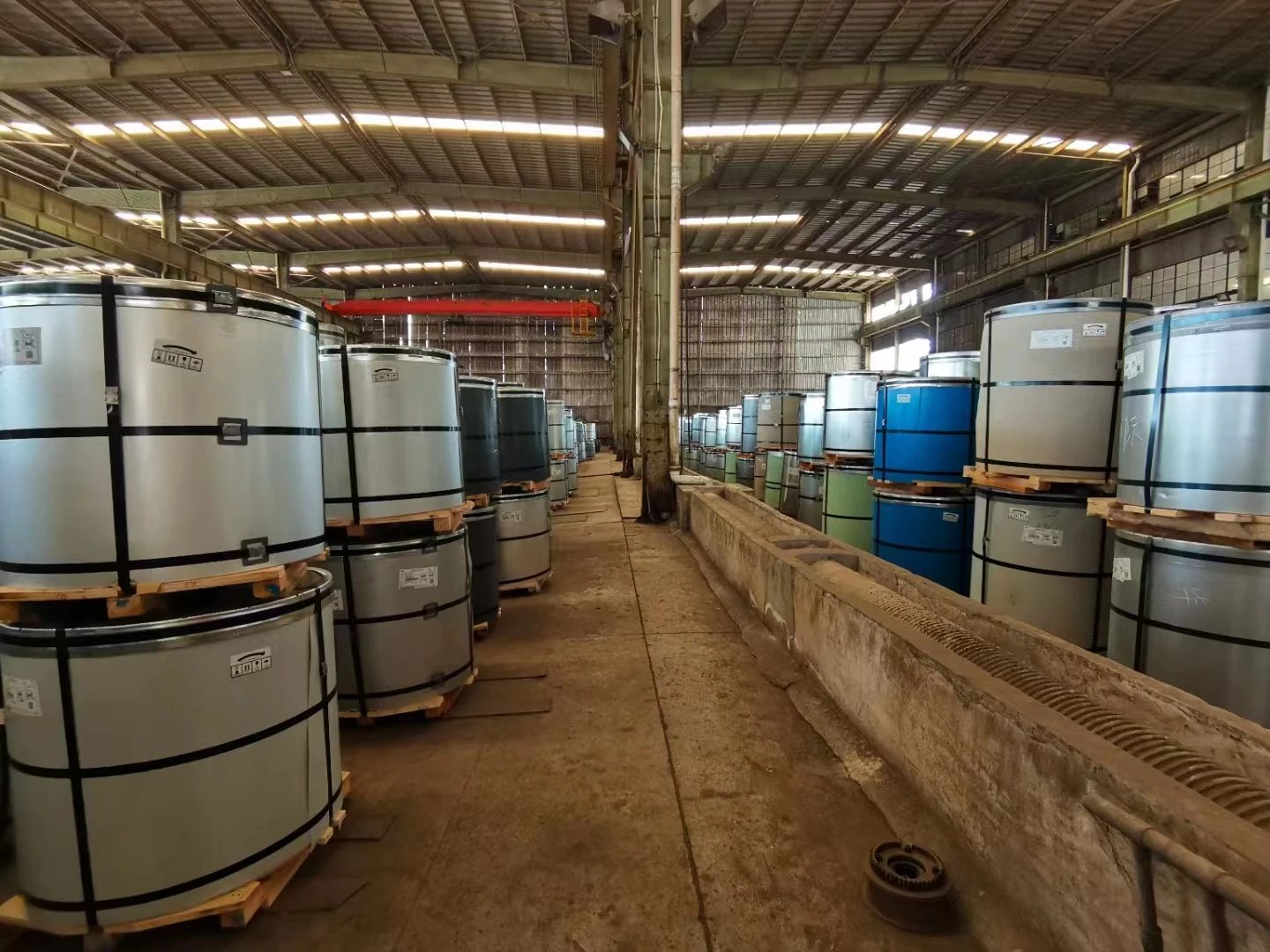There are two types of installation and fixation methods for color steel plates: penetrating and concealed. Penetration fixation is the most commonly used method for installing color steel plates on roofs and walls, which is to use self tapping screws or rivets to fix the color steel plates on supporting components. Penetration fixation can be divided into wave peak fixation, wave valley fixation, or a combination of them. Concealed fixation with concealed buckles is a method of fixing a specially made concealed buckle that is matched with a concealed colored steel plate to a support component. The female rib of the colored steel plate is toothed with the central rib of the concealed buckle, and is generally used for the installation of roof panels.
The lateral and end overlap of the color steel plate. When installing each steel plate, its edges should be accurately overlapped and placed on the previous colored steel plate, and clamped with the previous steel plate until both ends of the steel plate are fixed. A simple and effective method is to use a pair of pliers to clamp the overlapping steel plates separately. When the steel plate is positioned longitudinally, its end, especially the upper end, needs to be clamped with pliers to ensure that one end of the steel plate is in place and the overlap at one end is also in the correct position, thereby fixing the steel plate. During the fixation process, the pliers should always clamp the steel plate longitudinally. Before installing the next steel plate, each steel plate must be completely fixed. Fixation must start at the center of the steel plate, then extend to both sides, and finally fix the overlapping edge of the steel plate. For end lap joints, as the roof and wall exterior panels are made using continuous processing methods, steel plates can be supplied according to the length limited by transportation conditions. Usually, lap joints are not required, and the length of the steel plates is sufficient to meet the needs of roof laying. Selection of self tapping screws. When selecting fixing screws, the selection of fixing components should be based on the service life of the structure, and special attention should be paid to whether the service life of the outer covering material is consistent with the specified service life of the fixing components. At the same time, it should be noted that the thickness of the steel purlin should not exceed the self drilling capacity of the screw. The screws currently supplied can come with plastic heads, stainless steel caps, or coated with a special durable protective layer. In addition, except for the screws used for fastening with concealed buckles, all other screws are equipped with waterproof washers, and corresponding special washers are provided for lighting boards and special wind pressure situations.
The installation of color steel plates is easier to master, and the handling of some details is more important. For the color steel plate used on the roof, corresponding edge trimming work should be carried out on the roof and eaves, in order to more effectively prevent rainwater from entering the roof. At the ridge of the roof, the outer panel of the roof can be folded up using edge closing tools to fold the chassis between the steel plate end ribs. It is used at the upper end of all roof steel plates with a slope of 1/2 (250) lower to ensure that water blown in by the wind under the flashing or cover plate does not flow into the building.
is easier to master, and the handling of some details is more important. For the color steel plate used on the roof, corresponding edge trimming work should be carried out on the roof and eaves, in order to more effectively prevent rainwater from entering the roof. At the ridge of the roof, the outer panel of the roof can be folded up using edge closing tools to fold the chassis between the steel plate end ribs. It is used at the upper end of all roof steel plates with a slope of 1/2 (250) lower to ensure that water blown in by the wind under the flashing or cover plate does not flow into the building.
Post time: May-17-2023

